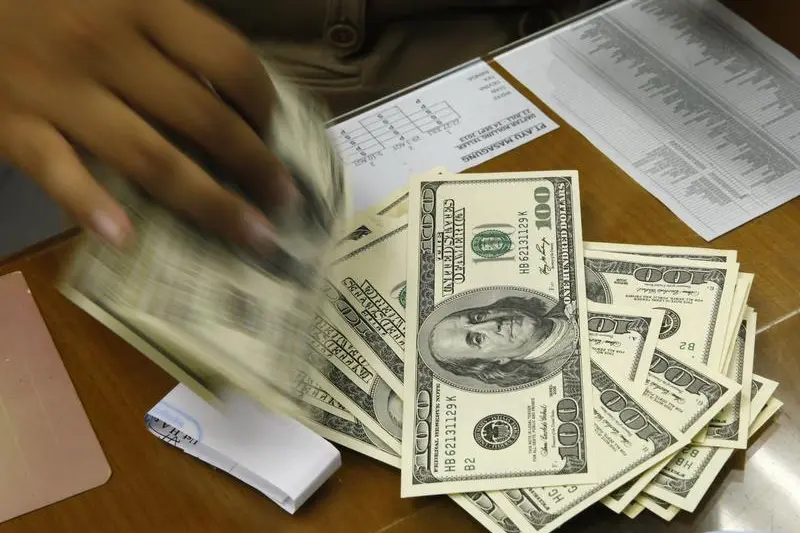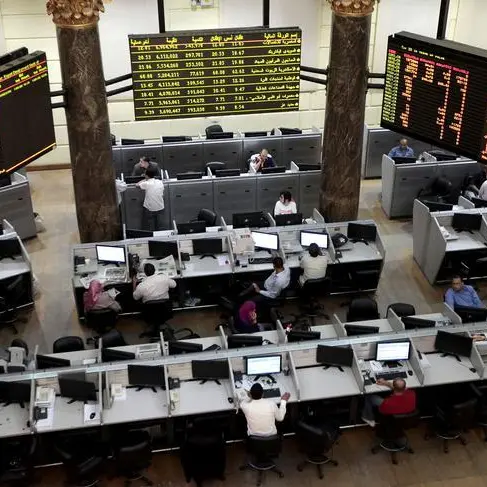PHOTO
U.S. Treasury yields fell on Friday after a volatile week, which was driven by concerns about the U.S. economic outlook, while investors turned to key inflation data next week for fresh clues on the potential size of an expected September rate cut.
Yields have regained ground over the week after a dramatic bond rally sent them to more than one-year lows on Monday, with stock markets also recovering from a rout that was in part blamed on the unwind of popular dollar/yen carry trades.
A bigger-than-expected drop in jobless claims on Thursday also helped ease worries about the possibility of an imminent U.S. recession. Concerns rose after last Friday's non-farms payroll report showed an unexpected increase in unemployment.
“The main theme of the bond market at the beginning of the month was concerns about the state of the labor market and the future path of the Fed,” said Lou Brien, market strategist at DRW Trading in Chicago. Then “there was a lot of noise that was added onto markets because of the Yen carry trade.”
That trade involves borrowing yen at a low cost to finance U.S. asset purchases, including tech stocks. A sharp rise in the yen against the U.S. dollar, however, led traders to unwind these positions.
Consumer price data on Wednesday is the next major data point that is expected to show that inflation continues to edge down closer to the Fed’s 2% annual target.
Annual core price growth is expected to slow to 3.2% in July, from 3.3% in June, according to economists polled by Reuters.
Fed policymakers on Thursday said they are increasingly confident that inflation is cooling enough to allow interest-rate cuts ahead, and they will take their cues on the size and timing of those rate cuts not from stock-market turmoil but from the economic data.
Assuming there are no upside surprises in inflation, jobs data and the unemployment rate in particular will remain the key focus for traders.
“Those concerns about the state of the labor market and the pace that the Fed's going to go remain valid and will come more clearly into focus over the coming weeks," said Brien. "A lot of the components of the labor market have been weakening for a substantial amount of time and will continue to."
The odds of the Federal Reserve cutting interest rates by 50 basis points at its next policy meeting on Sept. 17-18 is now seen at 55%, with a 25 basis point cut seen as having a 45% probability, according to the CME Group's FedWatch Tool. A 50 basis-point cut had been fully priced in on Monday.
Yields on interest rate-sensitive two-year notes were last down 1.6 basis points at 4.028%. They fell to 3.654% on Monday, the lowest since April 2023.
Benchmark 10-year note yields fell 6.5 basis points to 3.932%, after reaching 3.667% on Monday, the lowest since June 2023.
The yield curve between two- and 10-year Treasury notes flattened 5 basis points to minus 10 basis points. It reached 1.50 basis points on Monday, turning positive for the first time since July 2022.
Comments by Fed Chair Jerome Powell at the Fed’s Jackson Hole Economic Policy Symposium on Aug. 22-24 may also provide new clues on the path of rate cuts.
(Reporting By Karen Brettell; Editing by Ana Nicolaci da Costa)






















